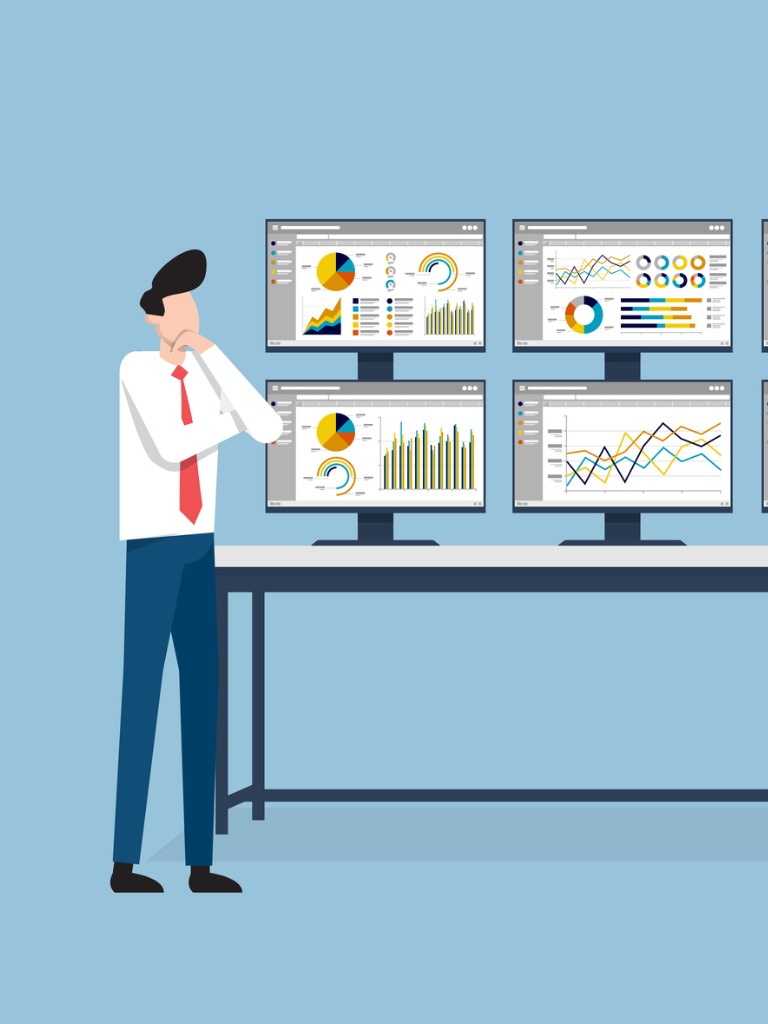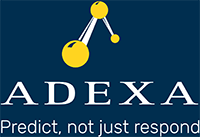Is Supply Chain Visibility the Answer?
Many supply chain professionals are putting much focus on systems to get better supply chain visibility including, so called, Control Towers and S&OP solutions. It is not clear what is meant by visibility. It is a general term to alert or inform users of relevant events for actions to be taken either before or after the event occurs. For example, demand planning provides some visibility into the future and a supplier alert may inform a late delivery of the goods expected today, or a resource or factory went down and a notification was sent to that effect. In all these cases, most solutions provide a message or an alert and ask the users to resolve the issue. Manual adjustments of such events normally would take a long time and it might even be too late to act to get satisfactory resolution. Even if a solution is available, by the time it is implemented it can cost tens of thousands of dollars, if not millions, in the form of expediting, using alternatives or simply not meeting the commitments made.
Almost all current S&OP solutions suffer from data and decision latency. They also lack the ability to predict events on the supply side even though supply side is just as stochastic as the demand side. Examples are predicting supplier behavior, predicting weather related events, and the ability to fully model the capability of resources depending on the season and product mix. Many of the supply side events or disruptions can be predicted and the likelihood of their occurrence accounted for by way response inventory, response capacity or simply reconfiguration of orders and suppliers.
Lastly, the systems need to have the ability to be smart enough to know what decisions are available when and if a disruption occurs and alert is received. This requires having a true digital twin (or so called S&OE modeling) as well as intelligence in the form of agents who can sense, act and learn how to predict and respond and get better over time, i.e. learn. To this end, S&OP solutions need to be sophisticated and fast enough to deliver the answers and not just leave it to the users to decide especially by use of scenario analysis which is really a futile exercise given the millions of combinations that must be examined to get a reasonable answer.
Receiving alerts and notifications may amount to hundreds per day. This is fine but overwhelming for manually addressing them in a timely manner. Users end up resolving them just to keep going instead of having an optimal solution that systems should be perfectly capable of. If autonomous planning is your vision, then what is the path to get there? S&OP is good but it is a dead end since the plans are not executable and requires much manual intervention. To avoid the latter and to obtain the best results that are available to the business, one requires a supply chain digital twin, respond planning (S&OE) and algorithmic intelligence. To learn more on these topics click Here.




